Morocco’s ‘Hippie Trail’ Still Pulses With Bohemian Counterculture
From the 1950s to 1970s, thousands of flower children made a spiritual pilgrimage through northwest Africa
Last March, I traveled like the vagabonds of yore, jammed into a packed van driving through the mountains and along the coast of Morocco, stopping to visit locals, eat tagine and take surf lessons in sleepy coastal villages. On the third day of the trip, I stopped for lunch at an ancient walled city rising out of the Moroccan countryside like Mont-Saint-Michel emerges from the French tides. And just like that, for the very first time, I encountered a kasbah.
A kasbah is a walled city or fortress in nothern Africa dating back centuries. In some cases, it was a single building at a high elevation, from which a local leader would keep watch of incoming guests (or intruders). Other times, an entire village lived within its walls. I was at Tizourgane, a kasbah-turned-restaurant-and-guesthouse dating back to the 13th century. It was built for a Berber tribe, and the locals used it as a refuge during subsequent wars in the area. It took 166 steps to get up into the city, and I was rewarded with a maze of corridors and empty rooms, and a lavishly decorated interior.
There, over a lunch of vegetable soup and couscous, I imagined the thousands of hippies who once traveled this same path in the 1950s, '60s, and '70s.
The "Hippie Trail," as many know it today, was an overland route popular from the mid 1950s to the late 1970s, usually starting in London, that headed through Istanbul and toward Nepal, culminating in Kathmandu. Hippie culture in the United States was heavily based in nomadism and Eastern spirituality—those heading to the Hippie Trail wanted to connect to their adopted "roots." It eventually became a rite of passage for young people involved in the counterculture of the time.
As a side trip (popularized in the '50s by Jack Kerouac and William Burroughs, and in the '60s thanks to musicians like Jimi Hendrix and Cat Stevens), Morocco had a hippie trail all its own, centering in Marrakech and either heading north to Tangier or southwest to Sidi Ifni along the coast. Travelers of Morocco's trail were soul-searching, and looking for enlightenment and a connection to ancient cultures through the Moroccan lifestyle. They often visited the souk, or marketplaces, in Marrakech; explored the hash-heavy city of Chefchaouen, where everything is painted shades of blue and white; and jammed with Jimi Hendrix in Essaouira and Diabat, where there’s still a café in his honor today and counterculture remains a strong presence. Hippies hiked and camped through Paradise Valley, an area in the Atlas Mountains known for its beauty and supposed restorative and healing qualities, then went to enjoy city life in Agadir, which is still a bustling port area. In Tangier, they followed the footsteps of beat writers, like Burroughs and Kerouac, and sometimes slept in doorways of the Medina, a common feature of Moroccan cities—it's the oldest part of town, often surrounded by high walls.
Author Ananda Brady, who wrote Odyssey: Ten Years on the Hippie Trail, was one of those travelers through Morocco. He arrived in the early 1970s, when he was about 27, en route to India, and spent six months living mostly in the desert, including a month living with a girlfriend in a kasbah in Tangier.
"The Hippie Trail evolved out of our big change of mind in the '60s," says Brady. "In our deep questioning of everything, we were examining so much about our own culture. We had a longing to get back to a more rustic and more real life, a deeper reality. The ancient cultures somehow came into the forefront of our minds and we wanted to get out there and experience them. And that's what happened to me.”
With $1,000 in his pocket from a job painting a barn back home in Kansas, he came to Morocco with a plan to pitch a tent in the sand dunes and live there, alone.
“But my destiny would not allow me to be so isolated," he says. "Just by serendipity, I met up with a family of desert dwelling Arabs. They took me in, and I lived with them for three months. That was the first moment in my life living out[side] of a Christian-based nation. I felt the sincerity of Islam, and I felt the peacefulness of it.”
Brady eventually left, but some hippies never did. They may have started their time in Morocco living in tents and on doorsteps, but eventually they were absorbed into the culture, like in the seaside surfing town of Taghazout.
When some of the travelers decided to stay, they began to build surf-based businesses and bring money into Taghazout—which is now considered one of the top surfing towns in the country. “Years ago it was just fishermen,” Mbark Ayahya, a shop owner who’s lived in Taghazout since he was 13, says. “Today it’s a big change, and thank god. Now we can support ourselves with tourism and surfing.”
Younes Arabab, manager of the surf academy at Sol House, says, “The profile of the surfer has changed a lot through the years. [The city] used to attract the hardcore four guys in a van looking to discover an adventure, and now it’s an on-the-beaten-track destination.”
Taghazout, a city on Morocco's Atlantic coast with about 5,400 people, remains a bastion of hippie and surf culture, overflowing with boats, boards, and colorful murals throughout the winding streets of the town—a similar sight in many of the old stops along Morocco’s hippie trail. The “longhairs” may be mostly gone, but their legacy remains, visible in art, culture and the aging residents themselves.
After chatting with Ayahya in Taghazout, our journey took us to Sidi Ifni, a small, quiet city along the Atlantic. Khalid Lamlih, a local guide with Intrepid Travel’s Morocco tours, told me that many of the hippies traveling through Morocco stopped here with their caravans and, like in Taghazout, decided to stay. They were looking for a relaxed and comfortable place, and the former Spanish town fit the bill exactly, Lamlih said. We had dinner in a restaurant with only one other table, full of retirees who moved there from across Europe—the hippies had built up the city's reputation and now word was getting out about its calm demeanor. Afterward, we stood on a ledge above the beach and watched the sunset with some local fisherman who were struggling because the weather hadn’t been good enough to fish for the past few days but still planning on going out the next day. They invited us to see their catch at the fish market.
At the end of the hippie trail era in the late 1970s, many of the travelers ended up in Tangier or Essaouira, Lamlih said, and the vagabonding population gradually left as the government became more unstable and unwelcoming. Authorities were tired of the hippies taking over the beaches, ignoring anti-drug laws and not contributing to the economy. If they weren’t turned away at the border, they were at least sent to the airport in Casablanca to get a haircut.
Brady will never forget his time spent in Morocco. “It was an emotional deepening," he said. "Morocco is such an intoxicatingly exotic environment, and just to be steeped in it for that amount of time was incredibly fulfilling. The smells, the richness, they stay with you. It’s so genuine.”
The last day of my trip didn’t end in Tangier or Essaouira like so many other hippies, but instead saw me back in Marrakech where I’d started, stumbling through the mostly closed souk looking for a skein of handspun and hand-dyed yarn I wasn’t quite sure existed. I had about 10 minutes and too many distractions: pyramidal piles of spice, beaded shoes, shining metal lanterns lighting up the dark storefronts. But then I glanced up in frustration and saw it—a tangle of green yarn clipped across the entrance to a spice shop. I bought it and hauled the mass back to my hotel.
It took a full two hours to ball that yarn into a skein, but as I sat outside the hotel watching people come and go and getting wafts of the spiced aroma left in the yarn from the shop, I realized that it wasn’t just a dream of freedom and spiritual fulfillment that brought hippies along that trail through Morocco. It was also the pull of music, laughter, friendly faces and enchantment—which, to me, is the essence of Morocco today in my own incense-scented dreams.
/https://tf-cmsv2-smithsonianmag-media.s3.amazonaws.com/accounts/headshot/JenniferBillock.png)
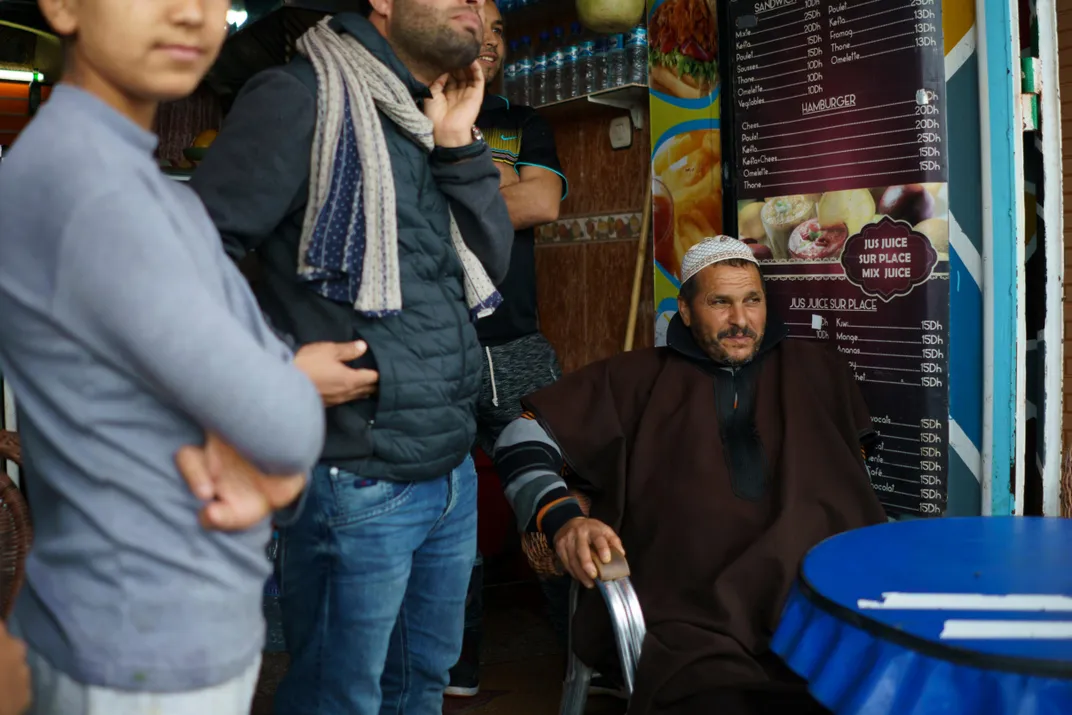
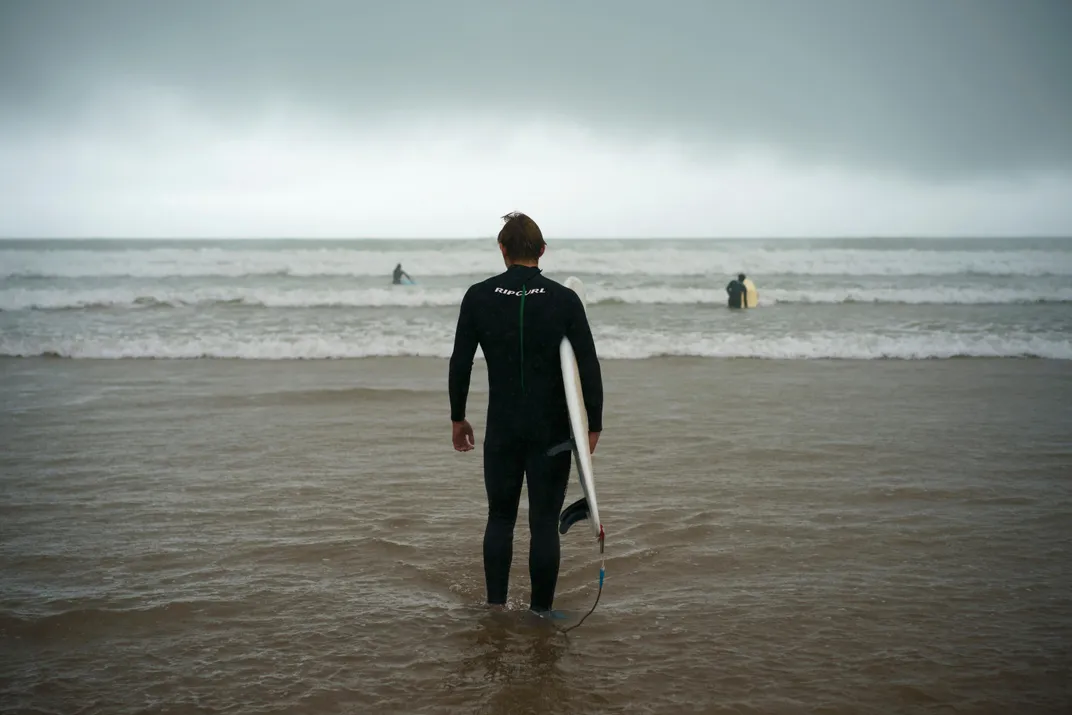
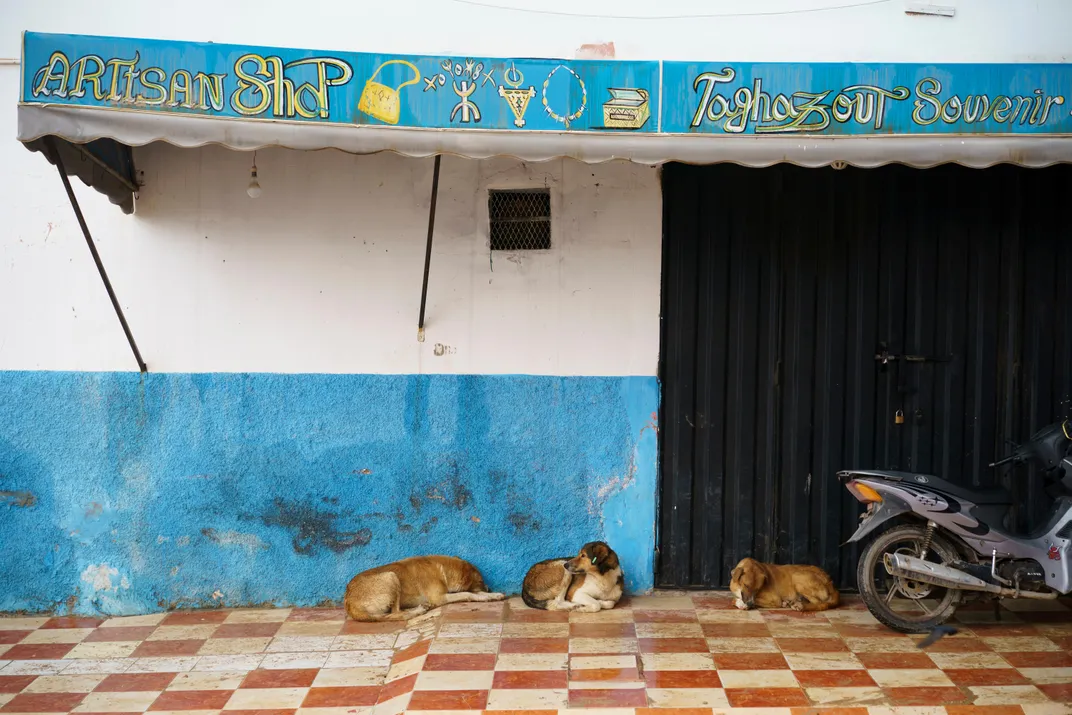
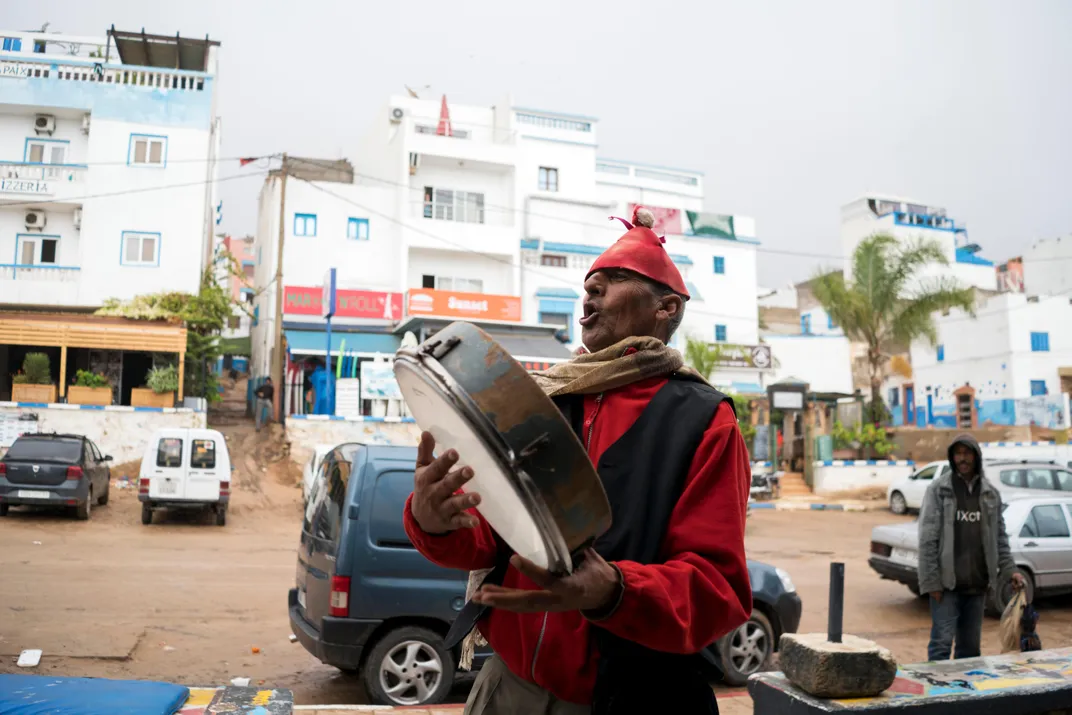
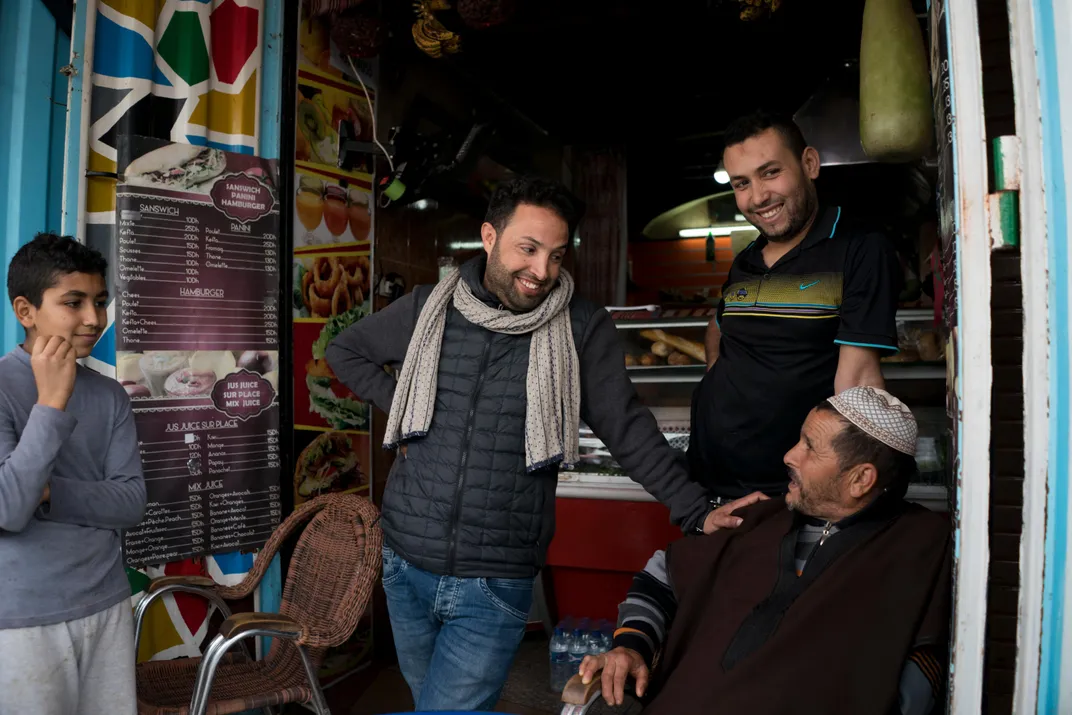
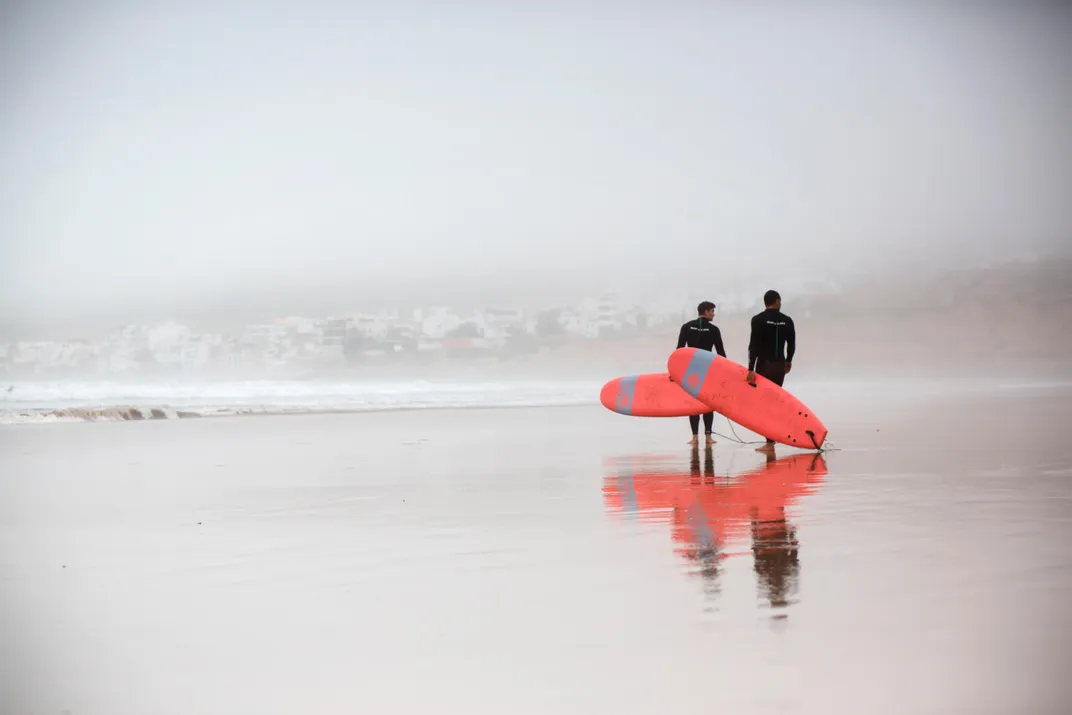
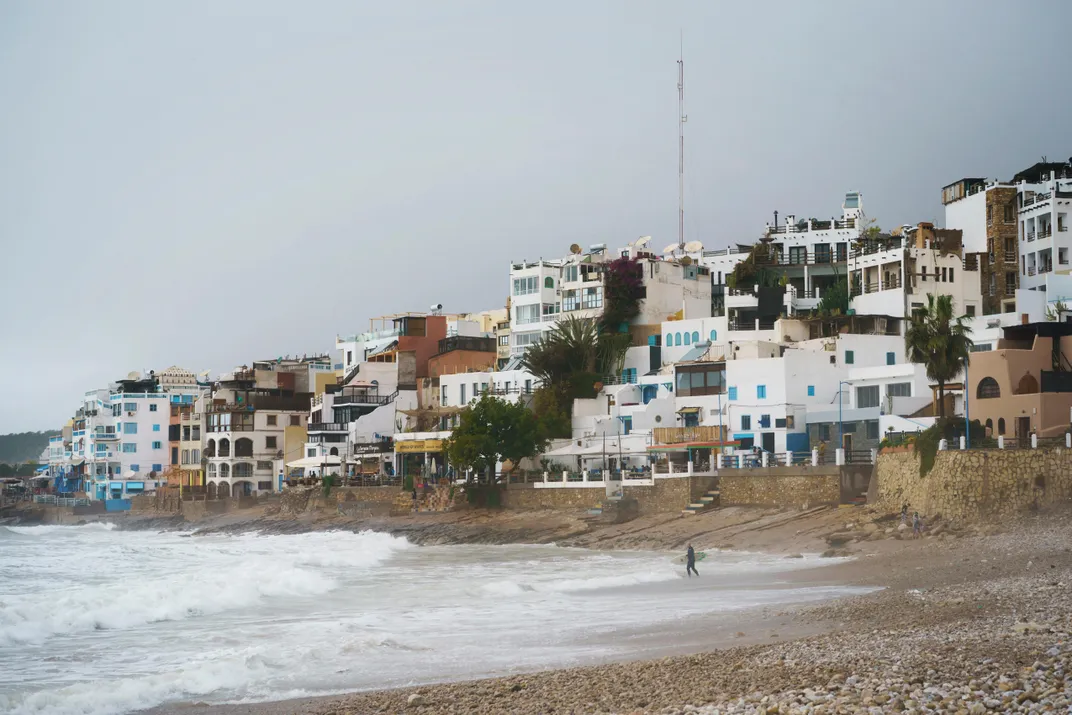
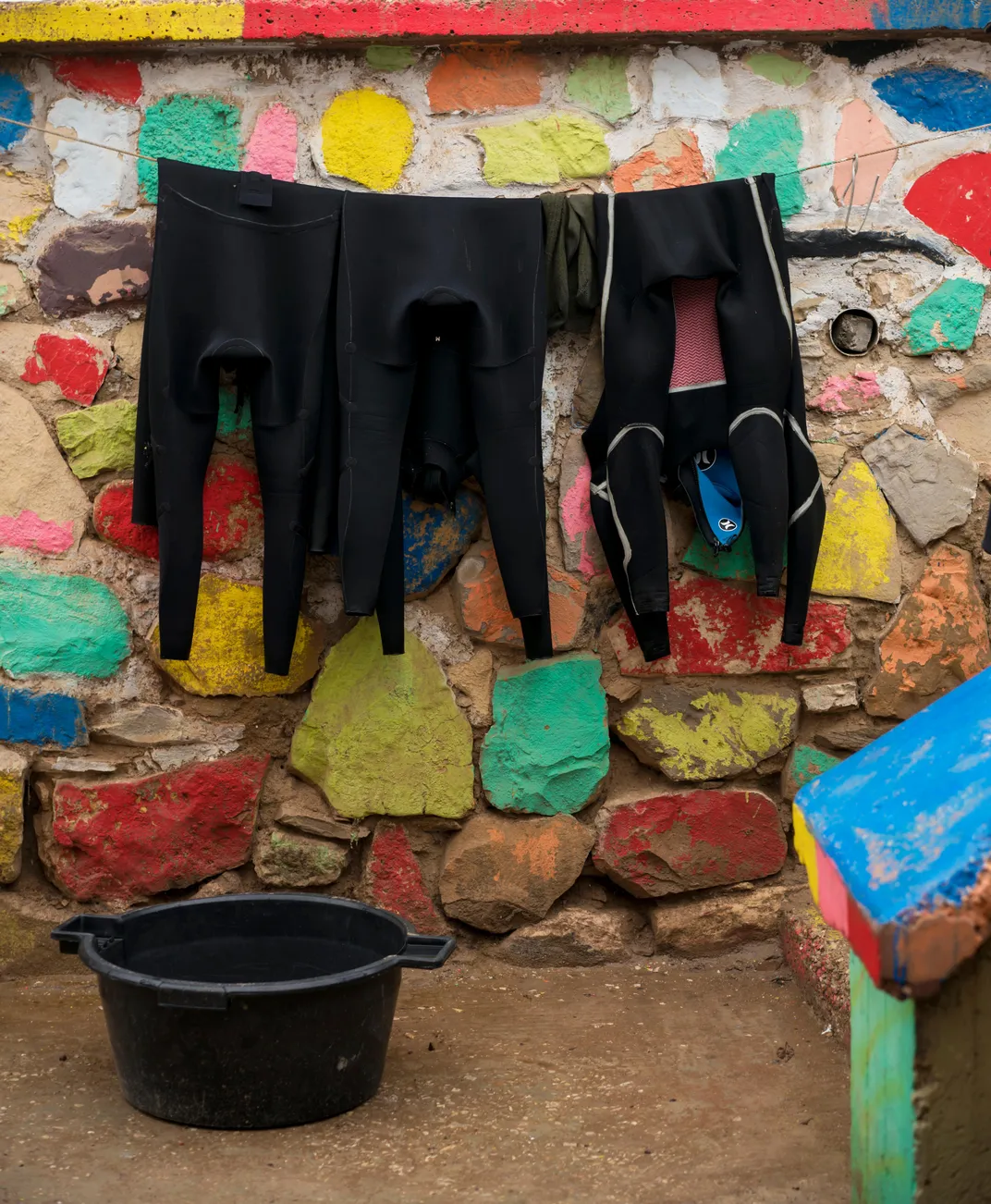
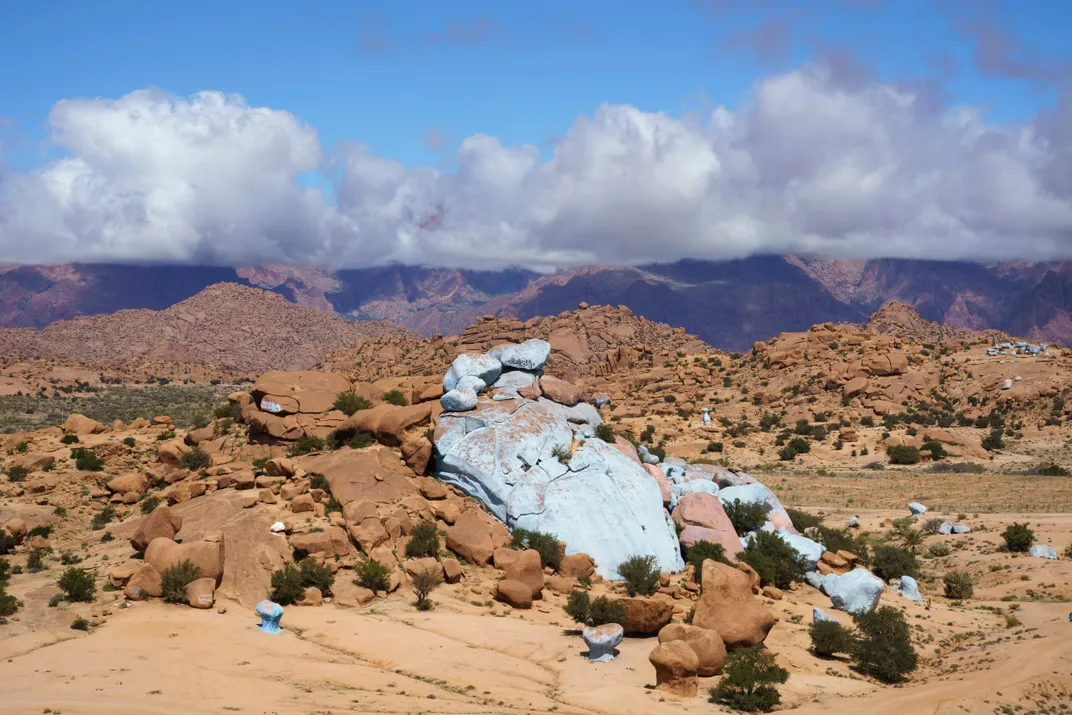
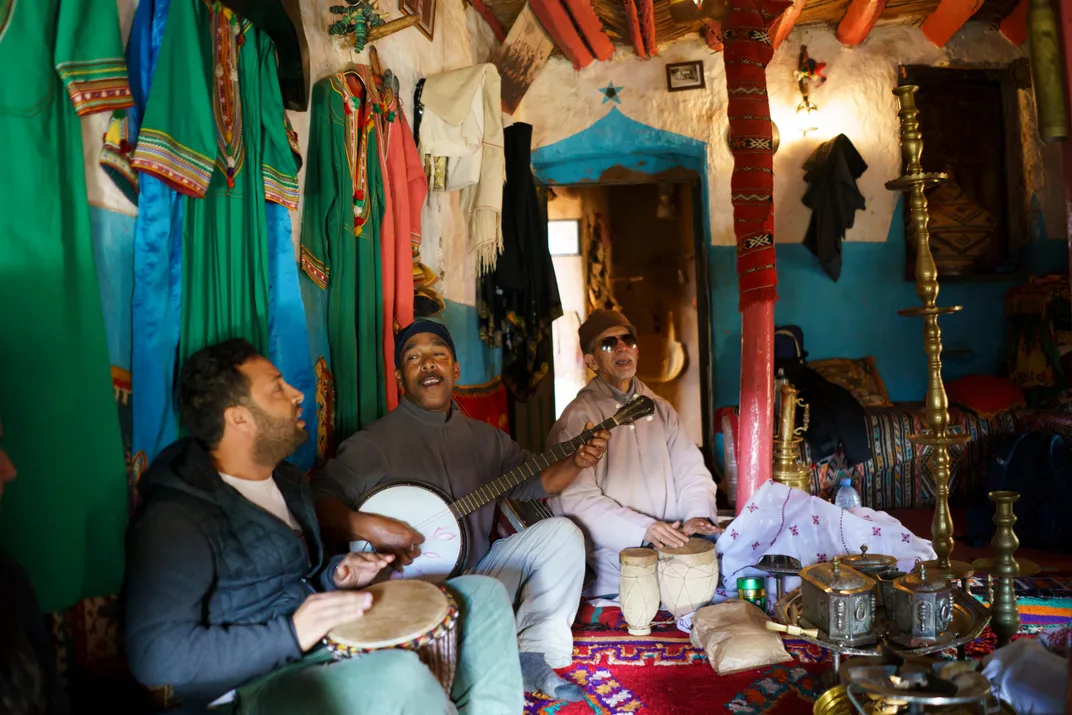
/https://tf-cmsv2-smithsonianmag-media.s3.amazonaws.com/accounts/headshot/JenniferBillock.png)